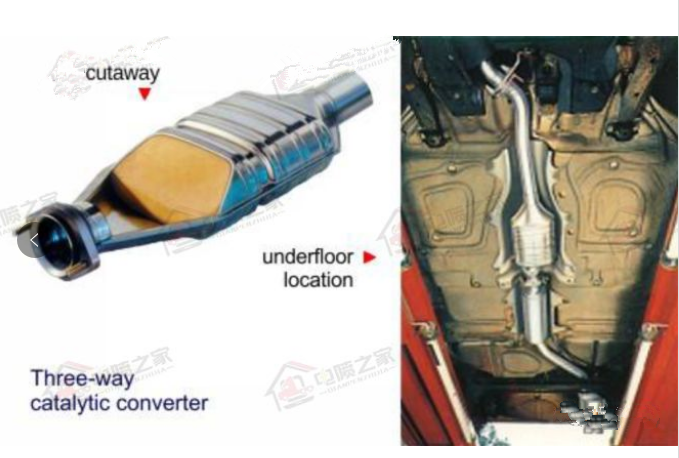The Introduction to Catalysts in Exhaust Gas Aftertreatment Systems

Environmentally friendly catalytic converter technology has become the mainstream technology for tail gas post-treatment. Since the 1970s and 1980s, the three-way catalytic converters of gasoline engines have been widely used, and the emission levels of automobiles (mainly targeting nitrogen oxides) have rapidly decreased, far lower than those of diesel vehicles.
In the early 1990s, DOC (oxidation catalyst) was applied in diesel passenger cars in Europe and commercial trucks in the United States. Solved the problem of some diesel vehicle emissions. The famous SCR technology (selective catalytic reduction technology) was first invented in the 1970s and used in fixed diesel combustion equipment, such as diesel generators in mines and denitrification in power plant boilers, with a huge volume.

In the mid-1990s, SCR technology was eventually downsized and applied to commercial diesel vehicles. In 2014, China fully implemented its four stage emission standards, and SCR technology was required to be applied to heavy-duty commercial vehicles. This is also the truck we see burning urea now.
As a recognized exhaust gas post-treatment equipment for internal combustion engines, catalytic converters have unparalleled advantages, summarized as follows:
1.No destructive to fuel engine economy.
2.Low maintenance cost, almost no maintenance required.
3.Excellent durability.
4.The cost are Relatively low.
